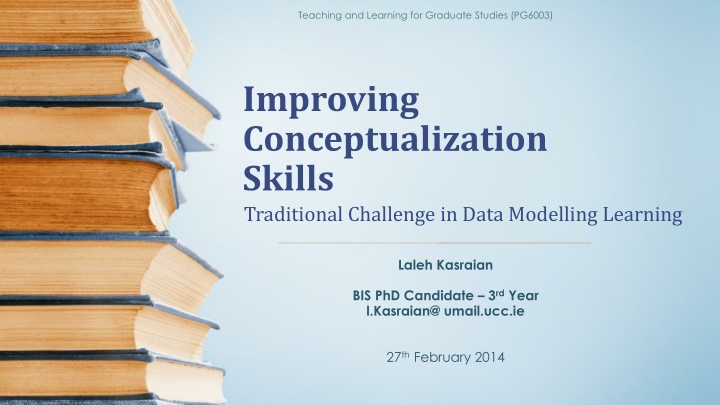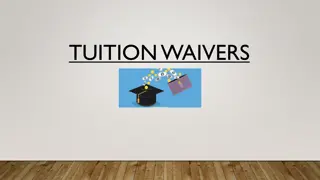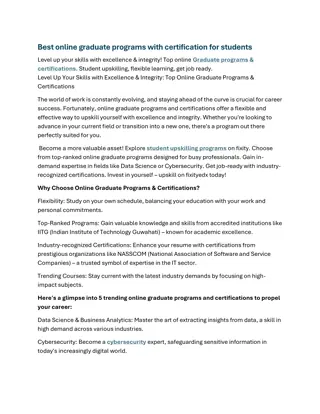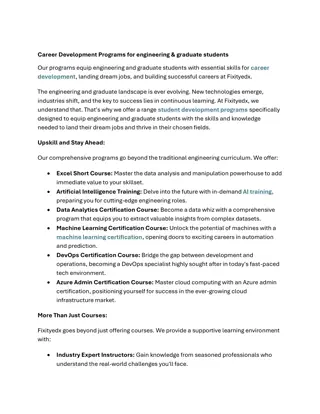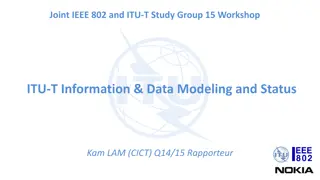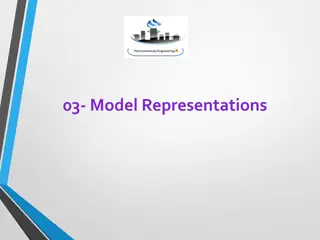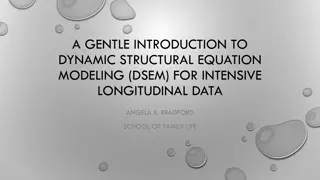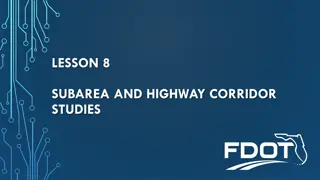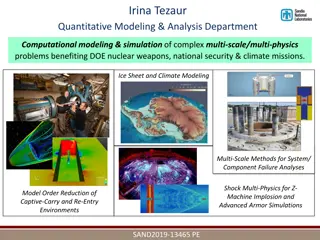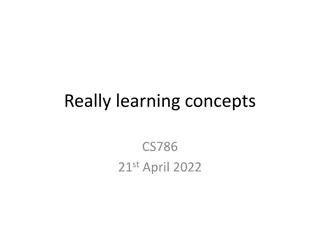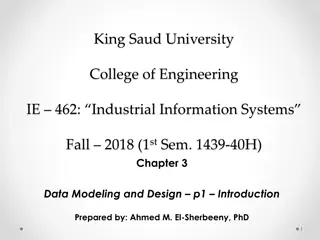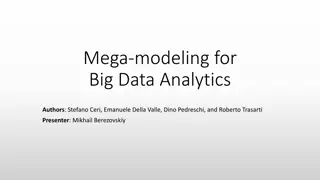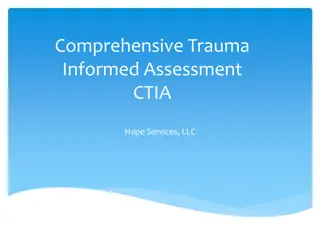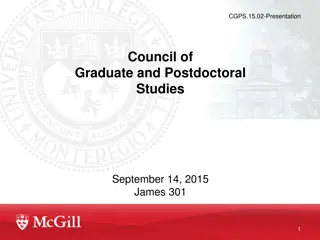Improving Conceptualization Skills in Data Modeling for Graduate Studies
Developing conceptualization skills is crucial in data modeling for graduate studies. This involves visual thinking, active learning, and interventions to enhance understanding of key concepts. The process aims to recognize main objectives through visualizing conceptual models effectively.
Download Presentation

Please find below an Image/Link to download the presentation.
The content on the website is provided AS IS for your information and personal use only. It may not be sold, licensed, or shared on other websites without obtaining consent from the author.If you encounter any issues during the download, it is possible that the publisher has removed the file from their server.
You are allowed to download the files provided on this website for personal or commercial use, subject to the condition that they are used lawfully. All files are the property of their respective owners.
The content on the website is provided AS IS for your information and personal use only. It may not be sold, licensed, or shared on other websites without obtaining consent from the author.
E N D
Presentation Transcript
Teaching and Learning for Graduate Studies (PG6003) Improving Conceptualization Skills Traditional Challenge in Data Modelling Learning Laleh Kasraian BIS PhD Candidate 3rd Year l.Kasraian@ umail.ucc.ie 27th February 2014
Agenda Introduction Data Modeling Processes Main Objective - Recognizing Key Concepts Visual Thinking Active Learning Proposed Method Interventions and Evidence References
Introduction Tutoring Data Modeling and Database systems for students at postgraduate level Group A Group B ISBP 40 44 Towards the resolution - Main steps Learning how to solve the received problem as a narrative context Specifying the main issues of the problem Being able to solve the pointed problem by designing (visualizing) a conceptual model as the final resolution EBus 49 4/4/2025 Improving Conceptualization Teaching & Learning Skills 3
Data Modeling Processes 4/4/2025 Improving Conceptualization Teaching & Learning Skills 4
Main objective With reference to teaching and learning literature review and researches; How tutors may assist students to improve their skills to recognize the main key concepts towards the resolution as final conceptual model in Information systems (IS) domain? 4/4/2025 Improving Conceptualization Teaching & Learning Skills 5
Visual Thinking Visual/spatial learning is a type of non-verbal thinking and relates to visual processing of things and the learner uses the part of the brain that is creative and organizes the information in a simultaneous manner (Deza & Deza, 2009) Some students prefer to receive more visual information rather than verbal explanations Some students also try to find out more about things in a relatively sequential manner Or some of them may feel comfortable with concrete real world information which may guide them to abstract theories or symbolisms (Felder, 2010) 4/4/2025 Improving Conceptualization Teaching & Learning Skills 6
Active Learning A teacher knows how to acquire a complete understanding of concepts including all the relevant aspects A teacher also knows how to eliminate all irrelevant or distracting aspects Who also knows well around the key insights that the students need to learn in order to be able to grasp the idea Why not taking advantage of the reverse method
Active Learning A Pedagogical Approach as Learning by visualizing (Hauswirth, 2012) And Active Involvement of students that is called Active Learning The student will be an active participant instead of passive consumer of information Many approaches to active learning would benefit from student-developed visualizations (Bonwell & Eison, 1991)
Proposed Method Active Learning and Visual Thinking Urge students as Constant and Active participant for the proposed method as step by step intervention method 4/4/2025 Improving Conceptualization Teaching & Learning Skills 9
Proposed Method Students Active Participation at tutoring sessions Bolding the main key concepts via each technical narrative context as starting point Then, asking the students to write down the bolded concepts as assumptions Categorizing the derived main key concepts at next step Classifying the other concepts as subordinate key levels of information Drawing out the relationship between those main levels of concepts through a simple diagram Finally, requesting students to find out the place of subordinate key comments and the relationships through the pointed simple diagram which finally they can identify the Entity Relationship Conceptual model as final resolution 4/4/2025 Improving Conceptualization Teaching & Learning Skills 10
Interventions & Evidence Repeating the mentioned phases as an iterative manner for problem-based narratives Students active participation simultaneously and step by step with tutors whom could easily traced their activities Providing richer problem contexts with no bolded key concepts where students needed to analyze and visualize the concepts by themselves Surprisingly the students were able to apply the practiced and proposed method and the knowledge they gained at the mentioned situations The evidence of their understanding of whole processes was presented and introduced as a method to reach the conceptual model as final resolution
References Arnheim, R. (1969). Visual thinking. University of California Pr. Bonwell, C. C., & Eison, J. (1991). Active learning: Creating excitement in the classroom. Washington, DC: School of Education and Human Development, George Washington University. Deza, M., & Deza, E. (2009). Encyclopedia of distances. Berlin Heidelberg: Springer . Felder, R. M. (2010). Are learning styles invalid. On-Course Newsletter, 1-7. Hauswirth, M. (2012). Moving from Visualization for Teaching to Visualization for Learning. CSERC Visualization Workshop. 4/4/2025 Improving Conceptualization Teaching & Learning Skills 12
